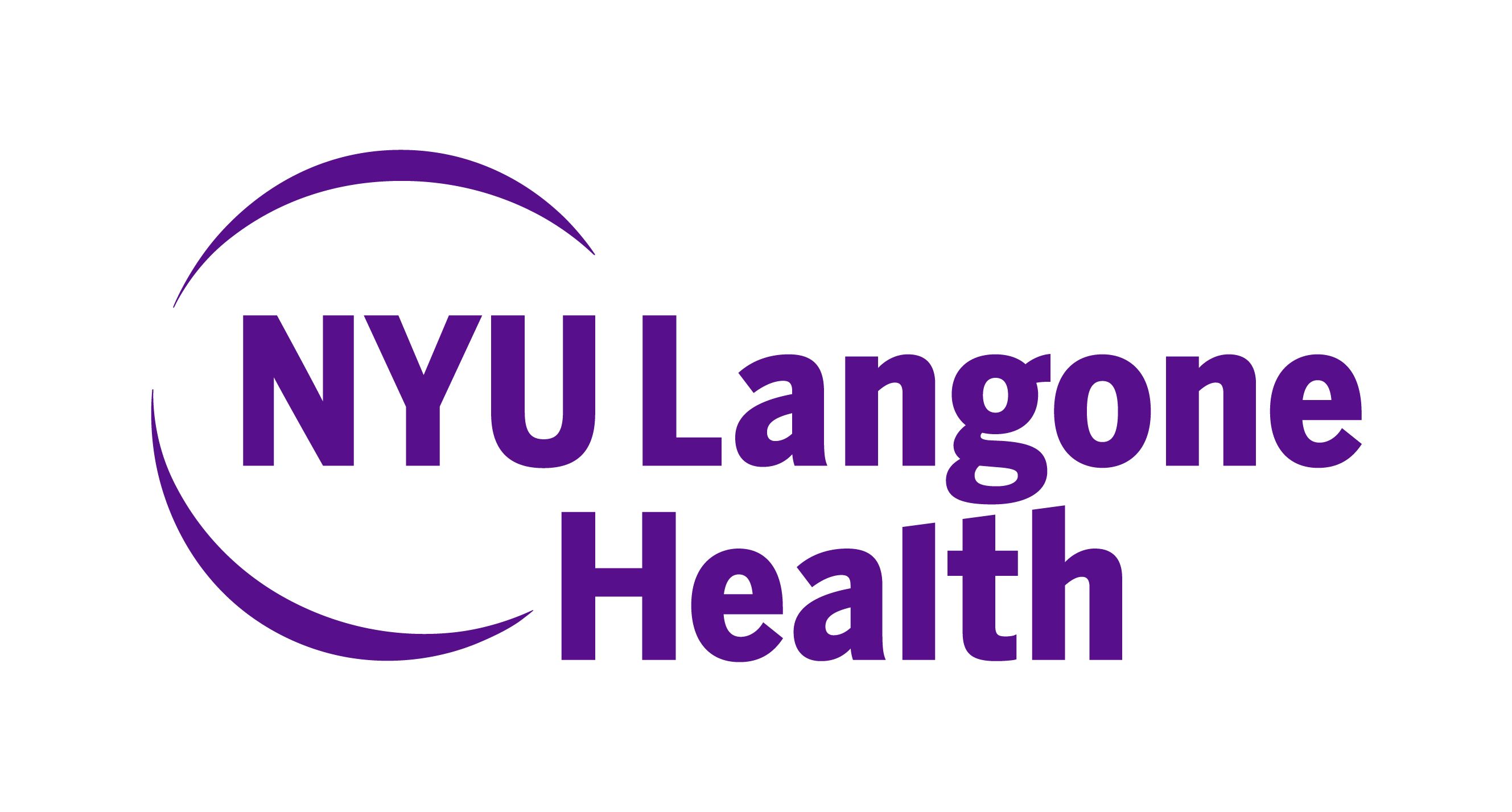
Natalizumab Demonstrates Some Impact on Drug-Resistant Epilepsy

Despite not achieving statistical significance, there was greater relative reduction in seizure frequency over placebo in those with a structural etiology for focal epilepsy than those without, laying the foundation for future research.
A recently conducted analysis of natalizumab (Tysabri; Biogen) use in patients with drug-resistant focal epilepsy revealed some relative change in seizure frequency with no unexpected safety findings. The threshold to demonstrate efficacy was not met; however, investigators noted that the results warranted possible exploration of anti-inflammatory therapies in this patient population.1
Lead author
At the conclusion of the study, investigators found least-squares (LS) mean change from baseline in log-transformed seizure frequency of –0.58 (standard error [SE], 0.165) for natalizumab 300 mg and –0.43 (SE, 0.162) for placebo, corresponding to a relative change over placebo of –14.4% (95% CI, –46.1% to 36.1%; P = 0.51).
"Despite not meeting the efficacy threshold, there were no unexpected safety findings, and pharmacodynamic evidence indicating a consistent mechanism of action suggests that there is good reason to continue exploring agents that target inflammatory processes specific to the [central nervous system] to manage drug-resistant epilepsy," the study authors wrote.
READ MORE:
During weeks 8-24, 31.3% (n = 10) of natalizumab-treated patients had at least 50% reduction in seizure frequency from baseline compared to 17.6% (n = 6) for placebo (OR, 2.09 [95% CI, 0.64-6.85]; P = 0.22). Additionally, the relative change over placebo during that time period for seizure-free days gained was 46.81% (95% CI, –9.39 to 137.85; P = 0.12). Patients treated with natalizumab also demonstrated a decrease of 21.34% (95% CI, –44.70 to 11.90; P = .18) over placebo in focal to bilateral tonic-clonic seizure frequency, whereas focal seizure frequency increased 6.61% (95% CI, –35.49 to 76.17; P = .80).
Adverse events (AEs) were reported in 75% (n = 24) and 65% (n = 22) of participants receiving natalizumab 300 mg vs placebo. Seizure, the only serious AE observed, occurred in 3% (n = 1) of participants in each treatment group. Urticaria in the natalizumab group (n = 1) and seizure in the placebo group (n = 1) were the 2 AEs that led to discontinuation. Notably, there were no clinically relevant changes in laboratory tests and no reported cases of progressive multifocal leukoencephalopathy.
The pattern towards a separation in effect between placebo and natalizumab started after the first 4 weeks of treatment, coinciding with when a4 integrin saturation plateaued. Natalizumab, a humanized monoclonal anti-a4-integrin antibody, had serum concentration peak at week 20, with a geometric mean of 27.69 μg/mL (SE, 1.842), and then stabilized at week 24.
A subgroup of 32 patients with an adjudicated presence of structural etiology for focal epilepsy at baseline was also evaluated. Despite not reaching statistical significance, investigators observed a greater reduction in seizure frequency in the natalizumab-treated group (n = 20) over placebo (–30.29 [95% CI, –64.84 to 38.21]; P = .29) compared with the subgroup of participants without structural etiology for focal epilepsy (–5.89% [95% CI, 56.32 to 102.73]; P = .87).
The study authors concluded that "future considerations include refining the population of interest to those patients with active neuroinflammation and [blood-brain barrier] damage using imaging-associated markers and increasing the number of trial participants.”
Biogen is currently attempting to gain FDA approval for a subcutaneous form of natalizumab. In April, the
REFERENCES
1. French JA, Cole AJ, Faught E, et al. Safety and efficacy of natalizumab as adjunctive therapy for people with drug-resistent epilepsy: a phase 2 study. Neurology. Pubslished online September 14, 2021. doi:10.1212/WNL.0000000000012766
2. Biogen Provides Regulatory Update on the Supplemental Biologic License Application (sBLA) for Subcutaneous Administration of TYSABRI® (natalizumab). News release. April 28, 2021. Accessed September 27, 2021. https://www.biospace.com/article/releases/biogen-provides-regulatory-update-on-the-supplemental-biologic-license-application-sbla-for-subcutaneous-administration-of-tysabri-natalizumab-/
Newsletter
Keep your finger on the pulse of neurology—subscribe to NeurologyLive for expert interviews, new data, and breakthrough treatment updates.


























